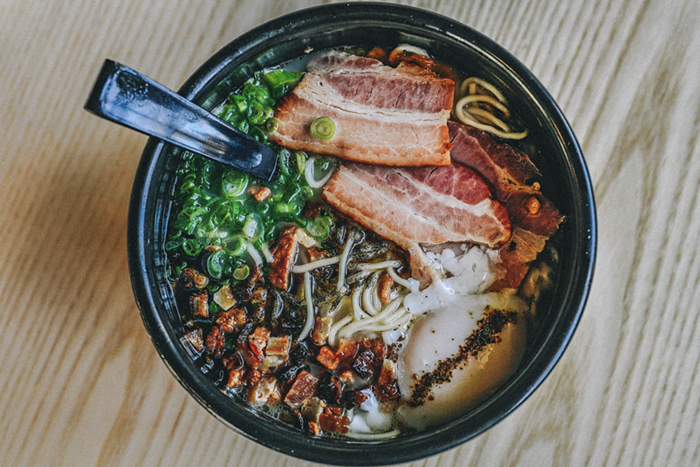
They were also delicious. Boney, sure, but tasty none-the-less. They were best cooked on an open fire during a camping trip, but I still enjoyed eating them at home. The memory of the flavor is strong.
What I couldn't have known then (and I doubt many know now), is how strange it is to have rainbow trout on top of a mesa in Colorado. How did they get there? For an answer, we could look at how humans spread corn around the globe, and then condense that process into a 140 year time span.
Writer and researcher Anders Halverson tells the story with An Entirely Synthetic Fish: How Rainbow Trout Beguiled America and Overran the World. From a review in The Chronicle of Higher Education:
Consider that as of the 1870s, the rainbow trout and its sea-run variant, the steelhead, lived only along the Pacific Rim, from California to Russia's Kamchatka Peninsula. Since then, Halverson says, the fish "have been introduced to every state in the United States and to at least 80 different countries on every continent except Antarctica," an expansion of range that took humans, corn, sheep, and dogs thousands of years to achieve.Halverson offers statistics that illustrate how much humans are still involved in the spread of rainbow trout: For each of the roughly four million people born in the United States each year, he says, state and federal hatcheries stock about 20 of the fish in public waters. Most of them being mature, they weigh a total of about 25 million pounds.
Spoiler Alert: The flavors of my childhood turn out to be an ecological disaster. Thanks, science! Still, looks like a good read. More here. (Link via Fark.com)


















